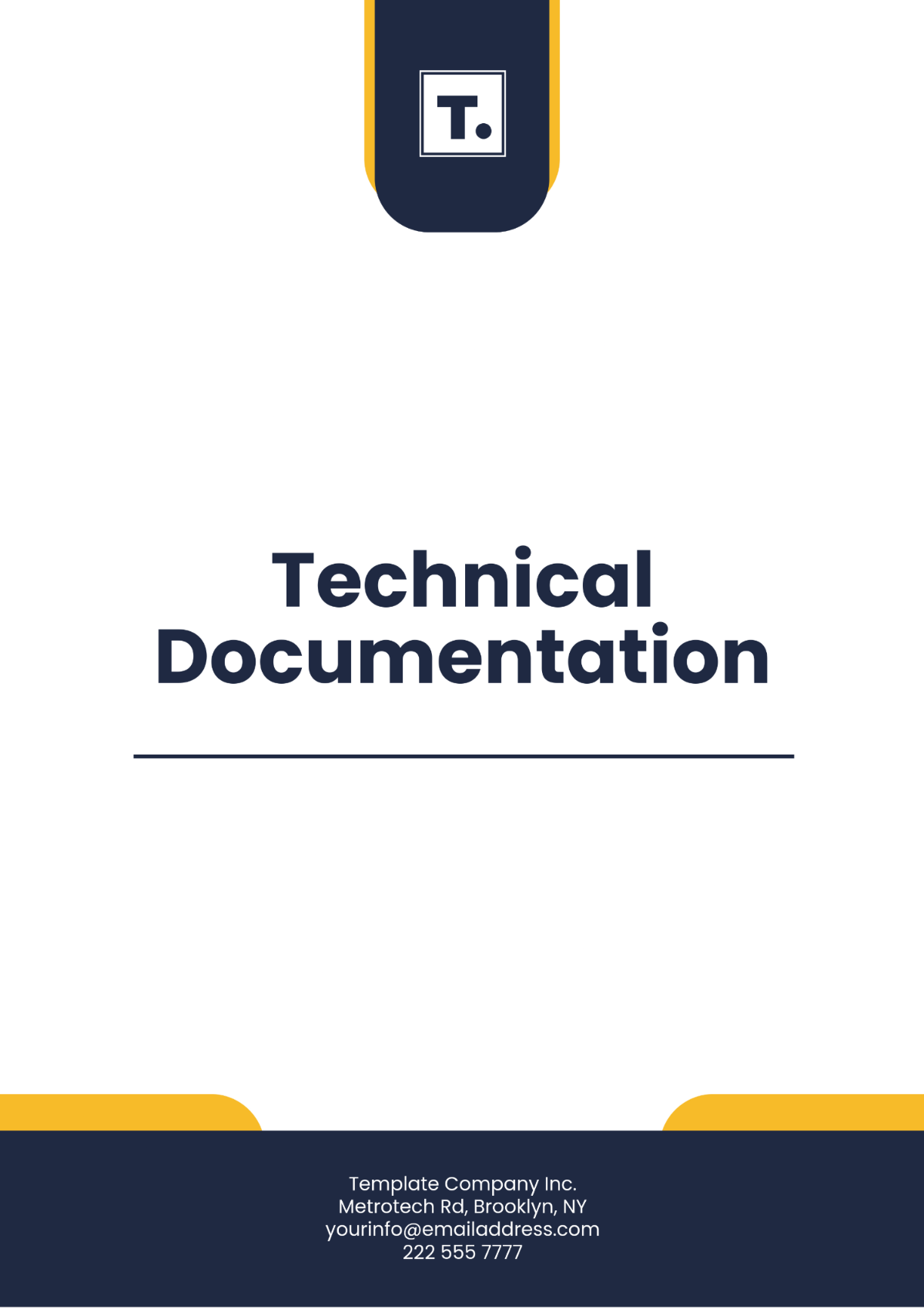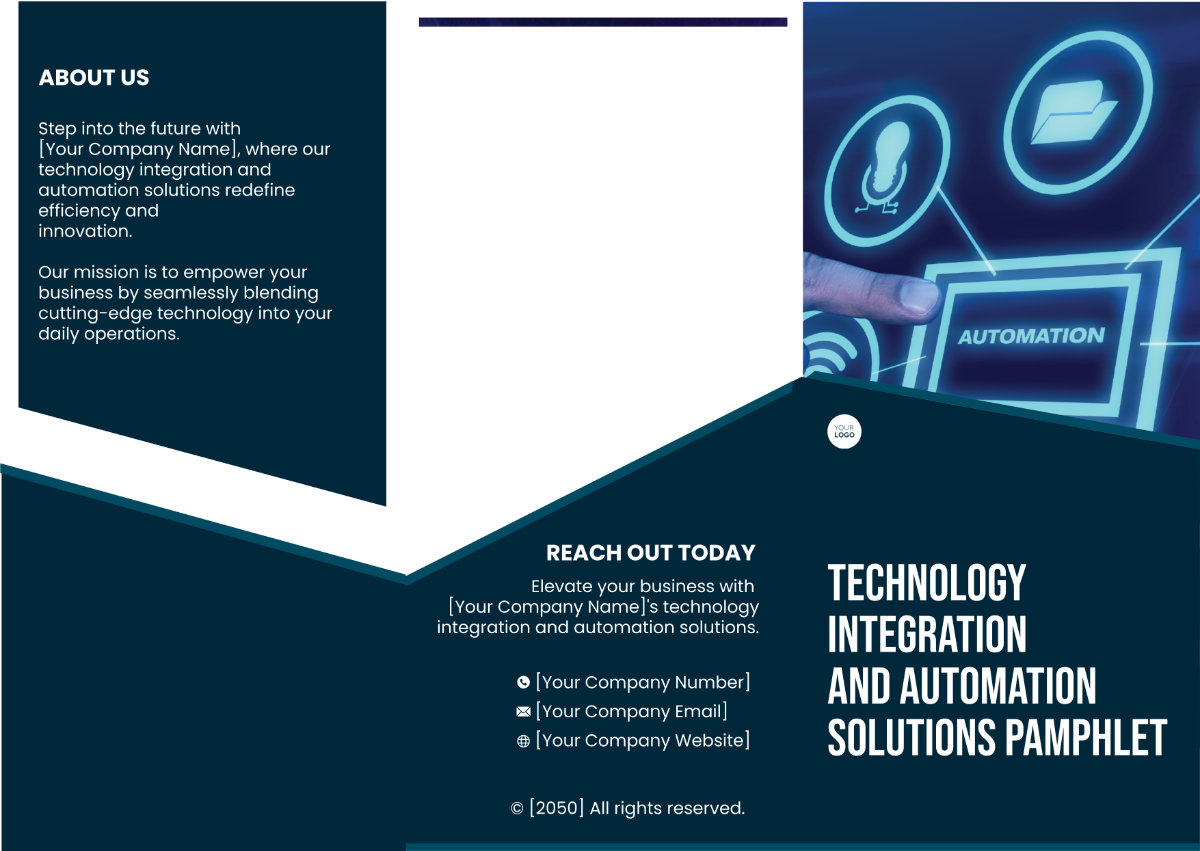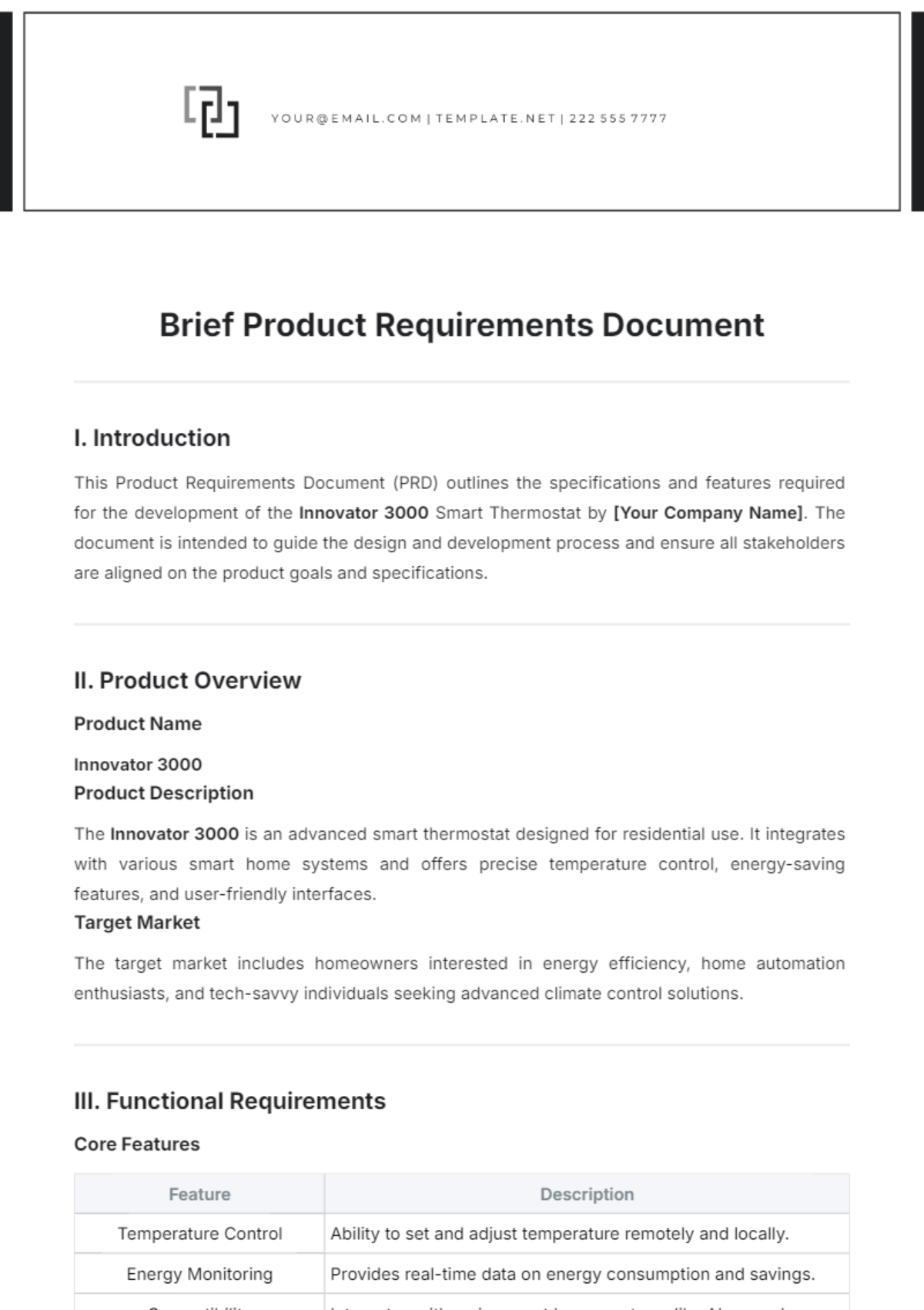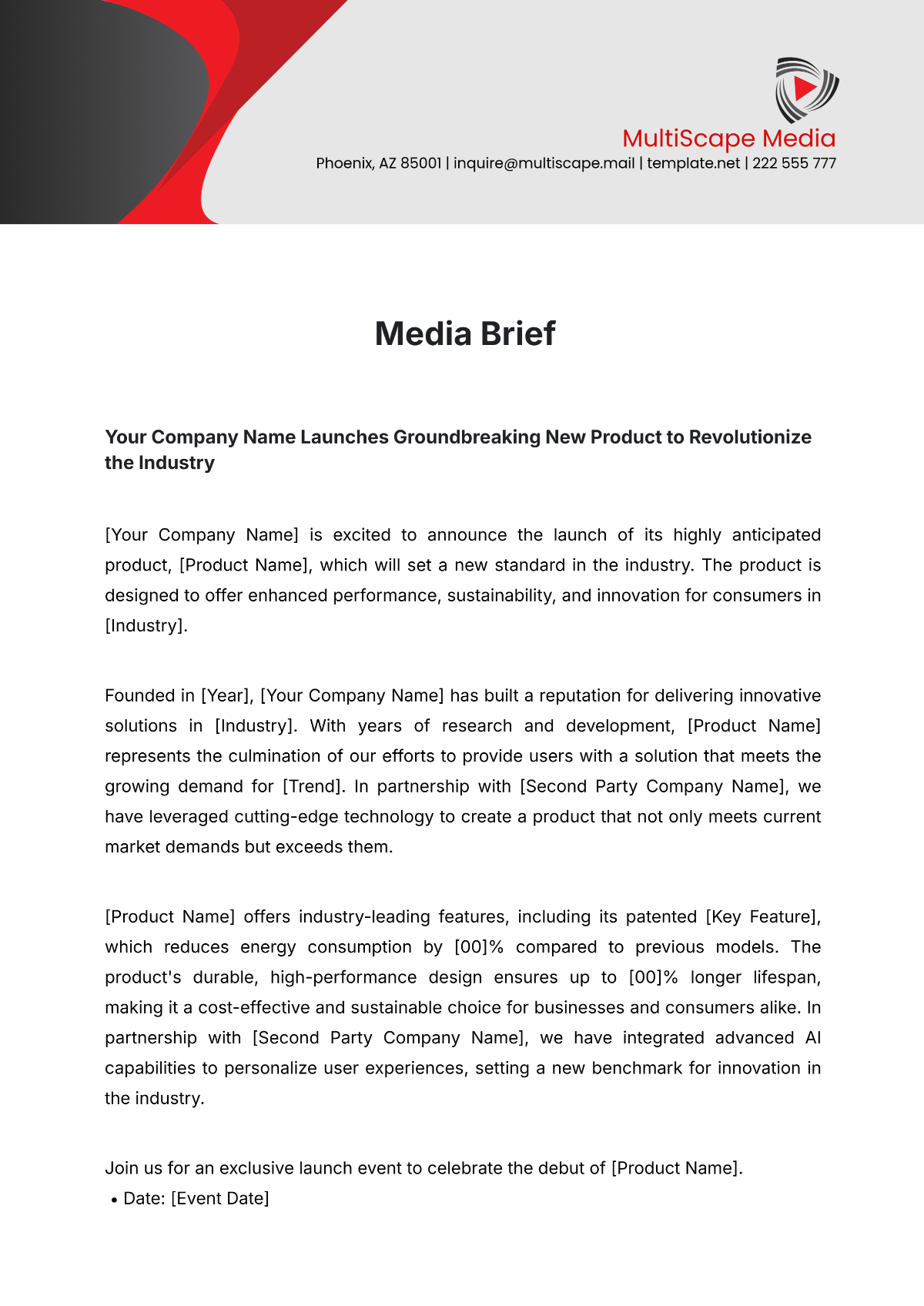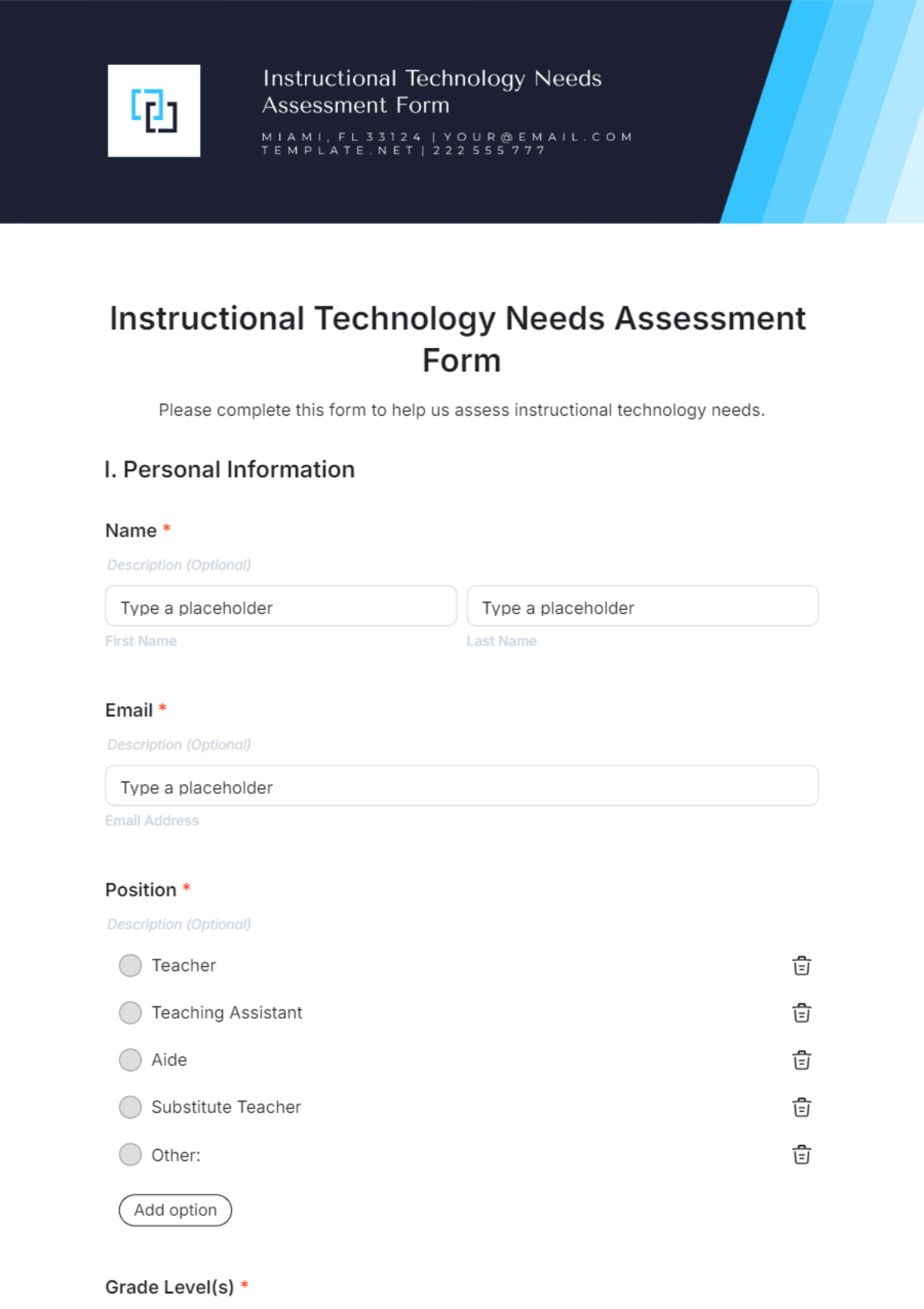Jira Use Case
I. Use Case Identification
[USE CASE ID]: A unique identifier for this specific use case.
[USE CASE NAME]: A concise and descriptive title for the use case.
[CREATION DATE]: The date on which the use case was created.
[LAST UPDATED]: Date of the most recent update to the use case.
II. Stakeholders and Actors
[PRIMARY ACTOR]: The main user or system that will interact with the functionality.
[SECONDARY ACTORS]: Other users or systems affected by or interacting with the use case.
[STAKEHOLDERS]: Key individuals or groups with an interest in the outcome of the use case.
III. Preconditions
[PRECONDITIONS]: The conditions that must be true or the state the system must be in before initiating this use case. For example:
The user must be logged into the system.
The database connection must be established.
The necessary permissions must be granted.
IV. Postconditions
[POSTCONDITIONS]: The conditions or state changes which should be true upon successful completion of the use case. For example:
The user's profile information is updated.
An entry is added to the transaction log.
The system displays a confirmation message.
V. Use Case Scenario
A detailed narrative to describe the sequence of steps performed by the actor and the expected system response for each step.
[STEP DESCRIPTION]: Describe the actor's action or system response.
[STEP DESCRIPTION]: Follow-up steps with respective responses and conditions.
VI. Assumptions and Constraints
[ASSUMPTION DESCRIPTION]: Any assumptions that have been made during the drafting of this use case.
[CONSTRAINT DESCRIPTION]: Any constraints or limitations that affect this use case.
VII. Use Case Diagram
[USE CASE DIAGRAM]: Either attach or describe where to find the use case diagram that visualizes the interactions covered by this use case.
VIII. Acceptance Criteria
[ACCEPTANCE CRITERIA]: List the criteria for the use case to be accepted during testing.
This document was last updated by [YOUR NAME] on [LAST UPDATED]. For any further changes, comments, or updates, please report to the managing team at [YOUR DEPARTMENT] or connect via [YOUR EMAIL].







